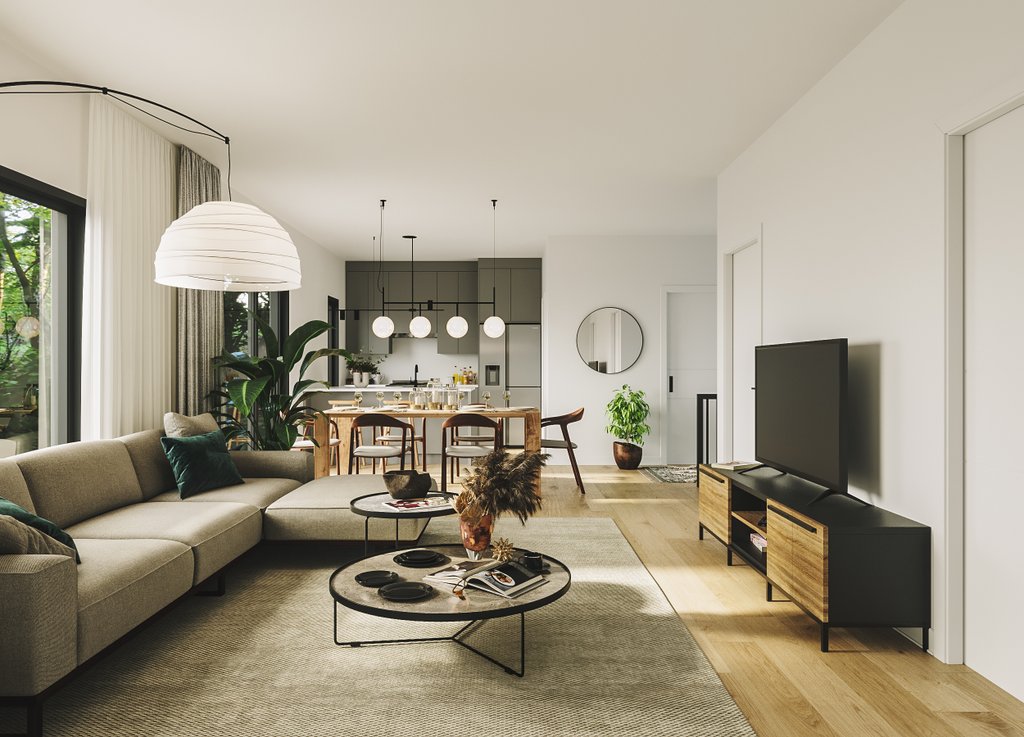Opening Hook
Imagine spending months sketching out your dream home renovation—visualizing the perfect kitchen extension, an extra guest room, or maybe even a stylish basement lounge. You hire an architect, file the paperwork, and wait eagerly. Then the letter arrives: “Application Rejected.”
In that moment, excitement turns into confusion and frustration. What went wrong? And more importantly, what can you do about it?
This scenario isn’t rare. Across neighborhoods worldwide, homeowners find their carefully thought-out plans denied by municipal authorities. But here’s the good news: rejection is not the end of the road. Understanding your rights, the rules, and the appeals process can turn that “no” into a “yes.”
Why Municipalities Reject Home Plans
The first step is to understand why your application might be denied in the first place.

Municipalities operate under zoning laws and building codes that regulate what can and cannot be built. For instance, you may want to add a two-story garage, but local height restrictions prevent structures above a certain limit. Or maybe your dream balcony overlooks a neighbor’s property, violating privacy regulations.
For example, Ahmed, a homeowner in Dubai, submitted plans for a backyard extension. To his surprise, the municipality rejected it, citing that his design encroached too close to a sewage line. While the reason felt technical and frustrating, it was a rule designed to protect future infrastructure maintenance.
In short, rejections are often less about your personal project and more about compliance with wider community safety, environmental, or zoning concerns.
Read More: Air Quality + Humidity Sensors in One Device: A Modern Essential
Your Right to Clear Explanations
Furthermore, homeowners have the right to know exactly why their plan was rejected.
Municipalities are required to provide a written explanation outlining the specific clauses or rules your application conflicts with. This is not just bureaucratic red tape—it’s your foundation for building a stronger case.
Think of it this way: if you know the “why,” you can figure out the “how.” Maybe it’s adjusting the roof slope, moving a wall a few feet, or updating materials. Without clarity, you’re left guessing.
For instance, Priya in Sharjah once had her renovation proposal denied without much detail. Instead of giving up, she formally requested the written reasons. Once she received them, she discovered it was simply a matter of submitting an updated structural drawing. Two weeks later, her revised plan was approved.
Read More: Mini Dance Studio for Practice Sessions
The Appeals Process – Don’t Take No for the Final Word
In contrast to what many believe, a rejection is not a dead end. Municipal systems typically have an appeals process that allows homeowners to challenge the decision.
This involves resubmitting your application with clarifications, updated drawings, or additional documentation. Some municipalities even allow for a hearing, where you (or your architect) can present your case before a review board.
As a result, homeowners often succeed after demonstrating compliance or explaining unique circumstances. For example, a family in Abu Dhabi appealed their initial rejection by showing how their proposed solar panels aligned with the city’s renewable energy initiatives. Not only was their appeal approved, but their project was also highlighted as a model for sustainable living.
Read More: Comparison: Fresh Air System vs Exhaust Fan
Seeking Professional Guidance
Another key right homeowners have is access to professional representation.
You don’t need to navigate the process alone. Architects, engineers, and legal consultants specializing in property law can help interpret regulations and present your case more convincingly.
For instance, when Rashid’s villa expansion in Al Ain was denied due to zoning concerns, he hired a planning consultant. The consultant discovered that the municipality had recently updated its zoning maps. With this information, Rashid successfully resubmitted his plan under the new guidelines.
Furthermore, professionals are often familiar with local officials, procedures, and nuances that ordinary homeowners may overlook.
Read More: Using Recessed Lighting for Modern Basement Interiors
Alternative Solutions When Plans Clash With Regulations
Sometimes, even after appeals, you may need to compromise. But compromise doesn’t always mean giving up your dream.
For example, if your municipality denies a rooftop addition due to weight restrictions, you could explore lightweight construction materials. If your setback encroaches too far onto municipal land, a creative redesign could reallocate that space into a stylish garden patio instead.
In contrast, refusing to adjust the plan could mean months—or even years—of stalled progress.
One inspiring case is that of Samira, who wanted to build a home office above her garage in Ajman. The municipality rejected the idea due to height concerns. Instead of scrapping it, she worked with her architect to design a smaller mezzanine within existing height limits. Today, that compact office is her favorite part of the house.
Read More: Legalities of Renovating an Existing Basement
Knowing Your Legal Rights as a Homeowner
Municipalities are bound by administrative law, which means they cannot act arbitrarily.

This gives homeowners the right to:
- Fair Treatment – Every application must be judged according to the same rules.
- Transparency – You’re entitled to clear reasons for rejection.
- Appeals – You can challenge or revise your submission.
- Access to Regulations – Building codes and zoning laws must be publicly available.
As a result, if you feel your rejection was unfair or discriminatory, you have the right to escalate the matter through legal channels. While legal action should be the last resort, it’s important to know it’s an option.
Read More: When to Call a Mold Remediation Expert
Turning Rejection Into Opportunity
While a “no” feels like a setback, it can also be an opportunity to create something even better.
For instance, Omar’s rejected home extension in Dubai led him to rethink his project. Instead of a bulky rear extension, he redesigned his home around an open courtyard, which not only met municipal regulations but also improved natural ventilation. Today, his home is cooler, brighter, and more energy-efficient.
Sometimes, the boundaries municipalities impose push homeowners to discover smarter, more creative solutions.
Read More: Basement Office Ideas – 11 Stylish Work From Home Spaces
Closing: From Frustration to Empowerment
Hearing that your municipality has rejected your home plan can feel like hitting a wall. But remember: rejection doesn’t mean defeat.
By understanding why rejections happen, knowing your right to clear explanations, exploring the appeals process, and seeking professional guidance, you can transform that frustrating “no” into a stepping stone toward approval.
Furthermore, sometimes the very restrictions you face lead to more innovative, sustainable, and practical home designs.
So, if you’re staring at a rejection letter right now, take a breath. It’s not the end of your dream—it’s just the start of a smarter path forward. After all, every great home is not just built on bricks and mortar, but on persistence, patience, and the determination to make your vision a reality.
🏗️ Basement Project Calculator
Latest Post
-
Basement Ceiling Ideas Hide Ductwork Smartly
Opening Hook Imagine walking into your basement in Boise, Idaho—where the ceiling is so low that you brush your head on the joists—and noticing a sleek, well-designed backdrop above you instead of exposed ductwork and pipes. That difference, thanks to smart basement ceiling ideas, transforms a cramped, unfinished area into a welcoming space for movie…
-
أفكار رائعة لأرضيات رخيصة في دبي | أفضل ٢٠ خيارًا
تخيل زوجين شابين في شقة مريحة في مرسى دبي، يخطوان حافيي القدمين على أرضية أنيقة بلمسة خشبية. غرفة المعيشة تتلألأ بضوء مسائي خافت، والأرضية تحتها لا تزال تبدو جديدة تمامًا رغم سنوات من الاستخدام – وكل هذا بميزانية محدودة. هذه هي قوة اختيار أرضيات جميلة ورخيصة في دبي: الأناقة والتوفير في آن واحد. التركيز على…
-
Beautiful Cheap Flooring Ideas in Dubai | Top 20 Picks
Imagine a young couple in a cosy apartment in Dubai Marina, stepping barefoot onto a sleek, wood-look floor. The living room glows with soft evening light, the flooring beneath still looks brand-new despite years of use—and all this on a budget. That’s the power of choosing beautiful, cheap flooring in Dubai: style and savings in…




https://shorturl.fm/4ifeF